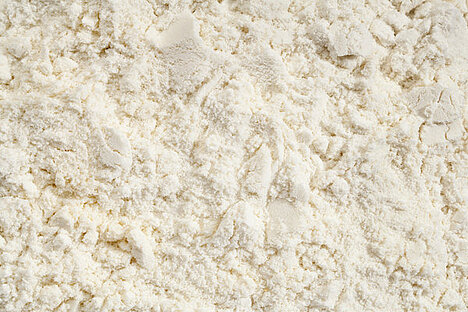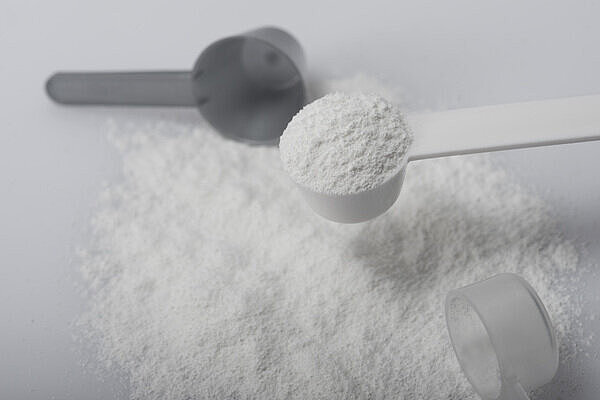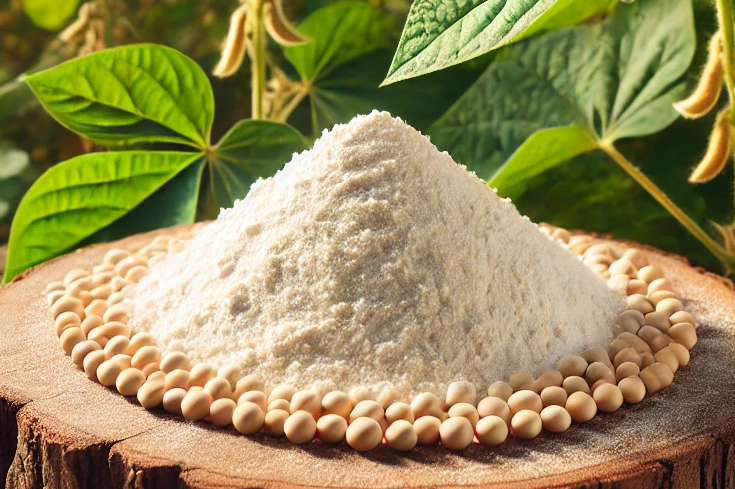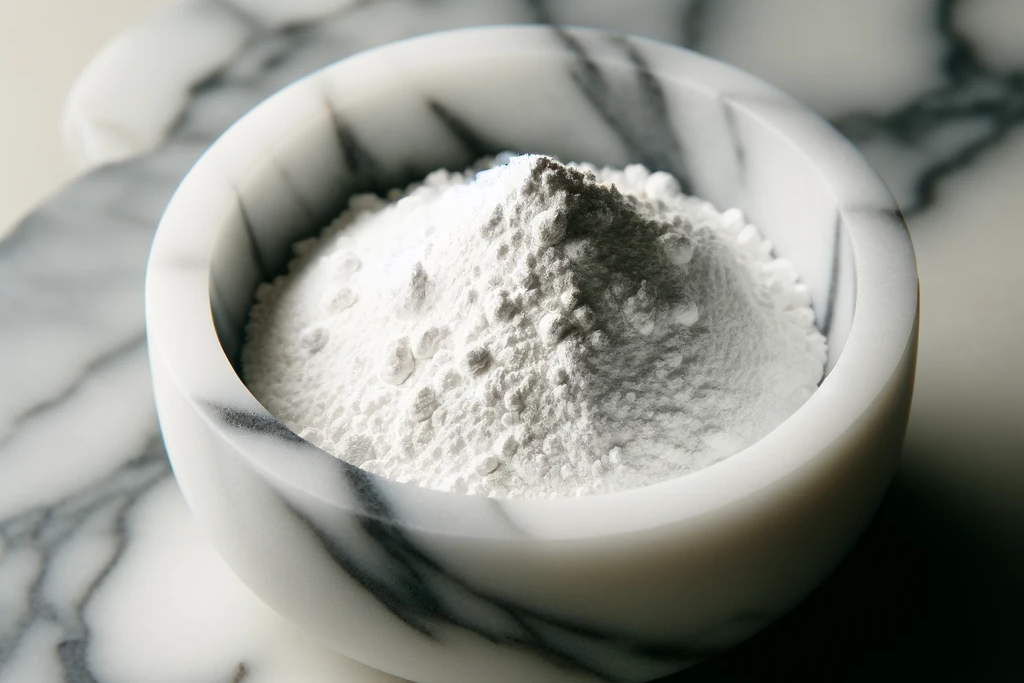hydrolyzed protein

Hydrolyzed protein is a term you may have come across before if you are interested in your dog's diet. But what does it actually mean and what advantages and disadvantages does it have for your four-legged friend? In this article, you'll find out everything you need to know about hydrolyzed protein.
What is hydrolyzed protein?
Hydrolyzed protein is protein that has been partially broken down. This means that the long protein chains have been broken down into smaller units called peptides. This is done by a chemical or enzymatic process called hydrolysis. Hydrolysis makes the protein easier to digest and can be absorbed more quickly by the body.
What is hydrolyzed protein used for?
Hydrolyzed protein is mainly used in special diets for dogs that suffer from allergies or intolerances. Because the hydrolyzed protein is so small, it is not recognized as foreign by the immune system and does not trigger an allergic reaction. Hydrolyzed protein can therefore help to alleviate the symptoms of skin or gastrointestinal problems.
Hydrolyzed protein is also used in other feedstuffs to increase the protein content or improve the taste. Hydrolyzed protein can come from various sources, such as beef, chicken, soy or wheat.
What are the advantages and disadvantages of hydrolyzed protein?
Hydrolyzed protein has some benefits for dogs that suffer from allergies or intolerances. It can help them get an adequate supply of protein without causing them discomfort. Hydrolyzed protein can also aid digestion and support muscle recovery.
However, hydrolyzed protein also has some disadvantages. For one thing, it is often more expensive than normal protein and can therefore put a strain on the feed budget. Secondly, it can lead to a lack of certain amino acids that are important for your dog's health. In addition, hydrolyzed protein can change the natural taste of the food and make it less tasty for your dog.
Hydrolyzed protein is a special protein that has been partially broken down. It is mainly used in diets for dogs with allergies or intolerances as it is not recognized by the immune system. Hydrolyzed protein has some advantages for your dog's digestion and muscle recovery, but also some disadvantages such as price, lack of amino acids and taste. You should therefore always talk to your vet before choosing a food with hydrolyzed protein.
Properties 15
Are you looking for other ingredients with a specific property?
Just click on them to find more.
If you notice any signs of hypersensitivity or poisoning in your dog, you should see your vet immediately. We are not a substitute for a vet, but we try to be as accurate as possible. Every dog reacts differently and we recommend you get a second opinion or consult your vet if in doubt.
Stay healthy and take good care of your four-legged friend!😊
Similar to hydrolyzed protein
Not all amino acids can be produced by your dog. There are 10 essential amino acids that he must ingest with his food: Arginine, histidine, isoleucine, leucine, lysine, methionine, phenylalanine,...
What are peptides? Peptides are short chains of amino acids that are linked together by peptide bonds. Amino acids are the basic building blocks of proteins, which are essential for many functions in...
Soy protein isolate is a highly concentrated protein obtained from soybeans. Various processing steps are used to remove fats, carbohydrates and other components, resulting in a product with a...
Casein hydrolyzate is produced when casein - a milk protein that is digested slowly and allows a long-lasting release of amino acids in the body - is broken down into smaller peptides and amino...



